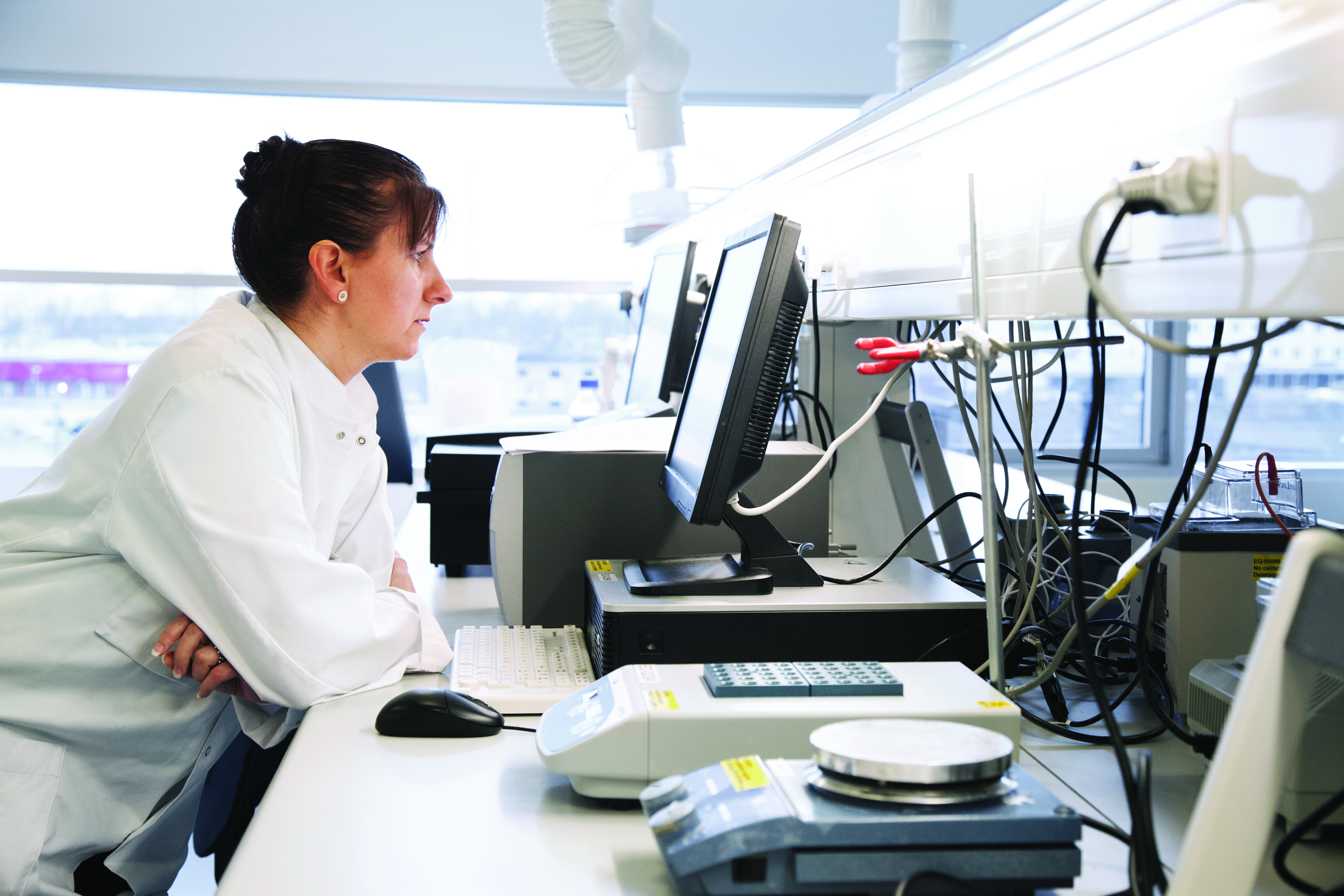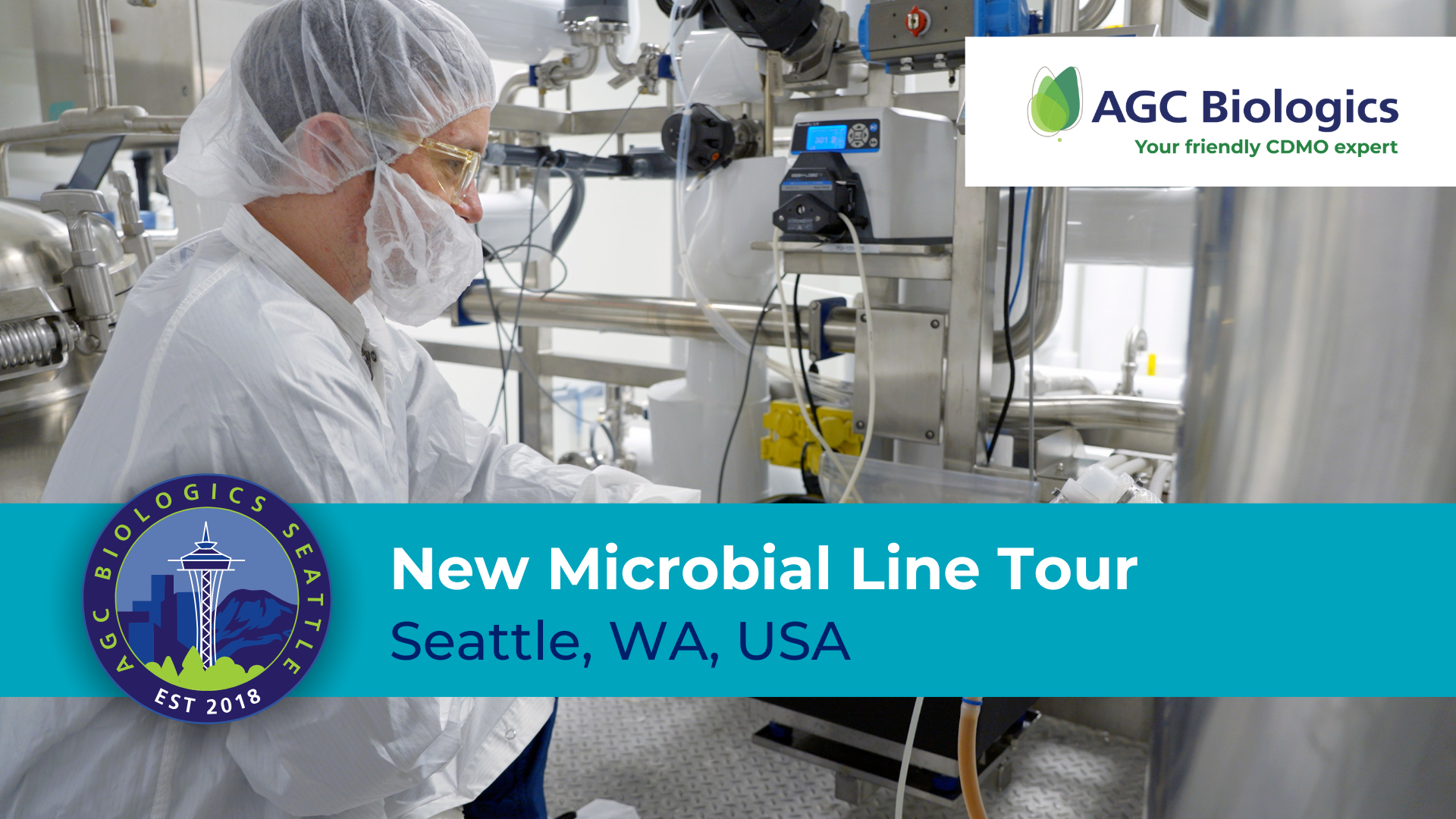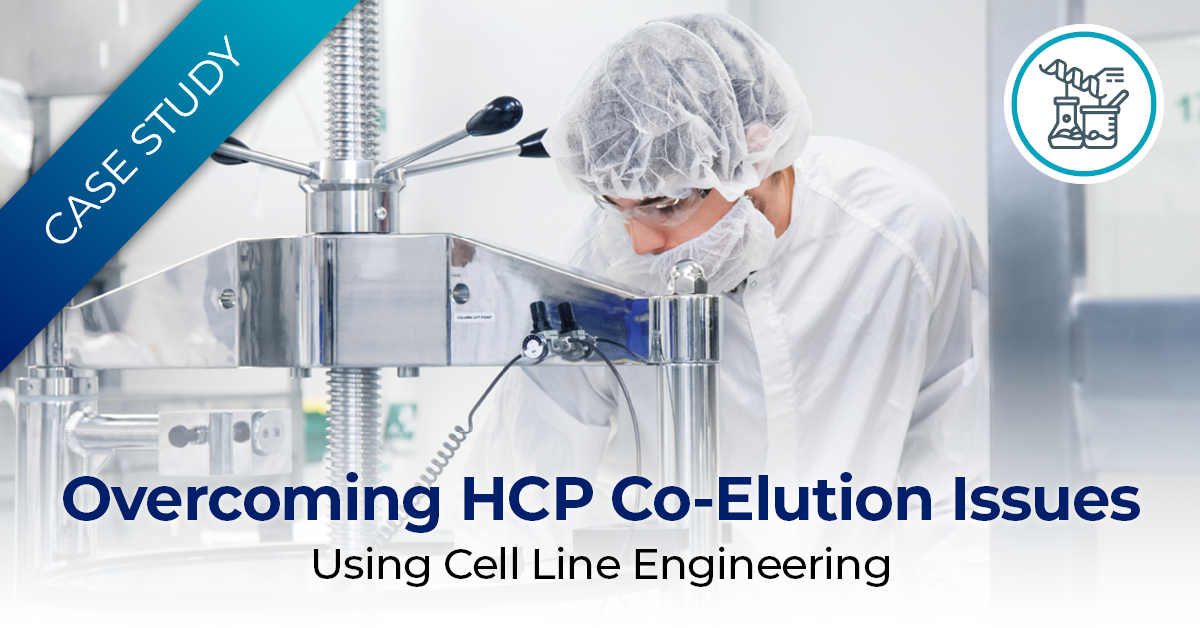2 min read
The Analytics Trends Impacting the Cell and Gene Industry
Nick McDonald September 25, 2023 at 3:17 PM

Navigating Challenges and Innovations in the Analytics Space
Within the cell and gene therapy space, analytics are becoming a hot topic, both challenges and innovations are emerging. This fascinating landscape, marked by standardized analytics and vectors, has far-reaching implications for the biotech industry. AGC Biologics’ Francesca Rossetti, Analytical Method Development Director, recently sat down to discuss the multifaceted dimensions of this field.
Dealing with Variability
Francesca sheds light on one of the most significant challenges faced in her daily work: variability in analytics. With a focus on biological assays, where a substantial level of variability is inherent, adapting to variability becomes essential. Francesca explains how the biological nature of assays results in a diverse range of techniques and methods, requiring a comprehensive arsenal of technologies and instruments. Moreover, the biotech industry's increasing emphasis on analytics to ensure the quality and robustness of products further amplifies the importance of addressing this variability.
The Pursuit of Innovation
Innovation is the heartbeat of the biotech industry, and it's no different in the analytics space. Francesca highlights the constant need to embrace novel technologies and methodologies, not only to provide customers with cutting-edge solutions but also to maintain a competitive edge in the market. This dedication to innovation is evident in our approach to staying updated with the latest trends and techniques to deliver the most advanced analytics possible.
Additional Control and Efficiency
Here at AGC Biologics, we have the unique ability to conduct about 95% of analytics in-house. This approach provides several advantages, such as greater control over technology and analytical methods, conservation of sample volumes, and cost reduction. The internal organization of analytics not only streamlines processes but also allows for enhanced quality control and a personalized approach to client needs.
Navigating Challenges
When faced with challenging assays, Francesca emphasizes the need for agility and expertise, as development and validation timelines are often limited. Her experience, combined with a thorough understanding of technologies and the relevant literature, allows her team to address complex assays efficiently and effectively.
Staying Informed
Francesca underlines the significance of staying updated with the latest topics and trends. Aligning with market demands and regulations is crucial, especially in the context of analytical methods for cell and gene therapy products. The ever-changing industry requires the incorporation of new instruments, methodologies, and approaches to stay at the forefront of the industry.
Shaping the Future of Biotech Analytics
There is a complex world of analytics within CGT. From tackling variability and embracing innovation to optimizing in-house analytics and managing supply chain challenges, it is necessary to have a forward-thinking approach that promises to shape the future of analytics in the biotech industry. As demands evolve and technologies advance, the importance of these advancements becomes increasingly evident, solidifying the role of analytics as a driving force behind quality and progress in biotech products.



